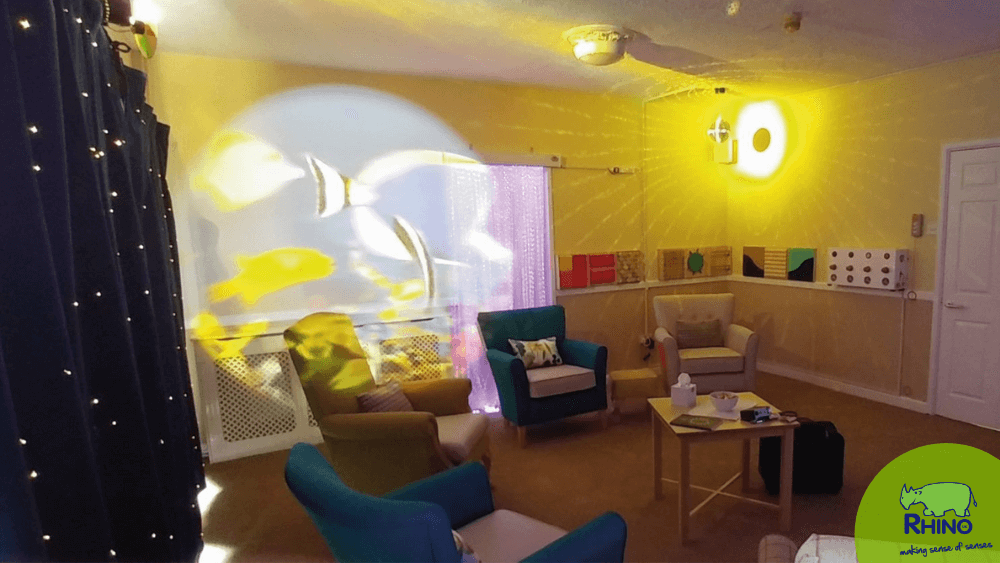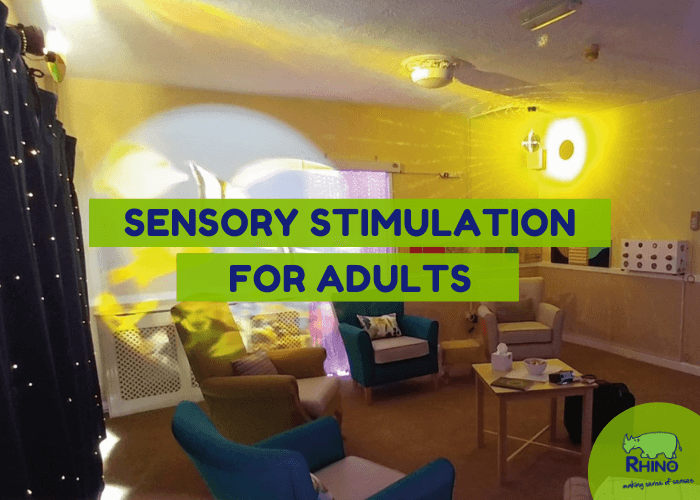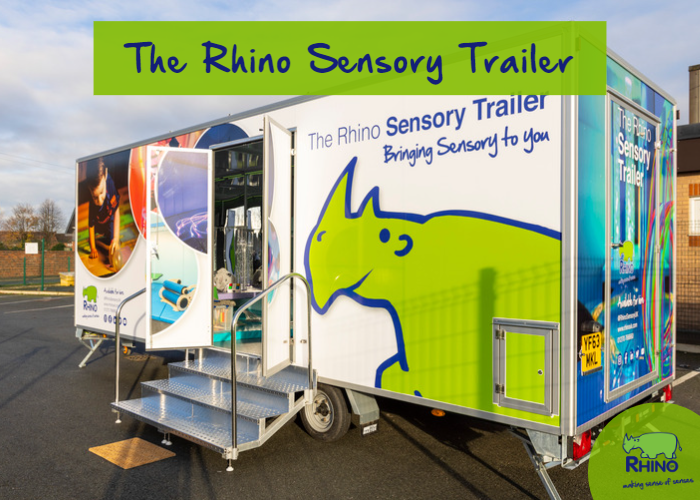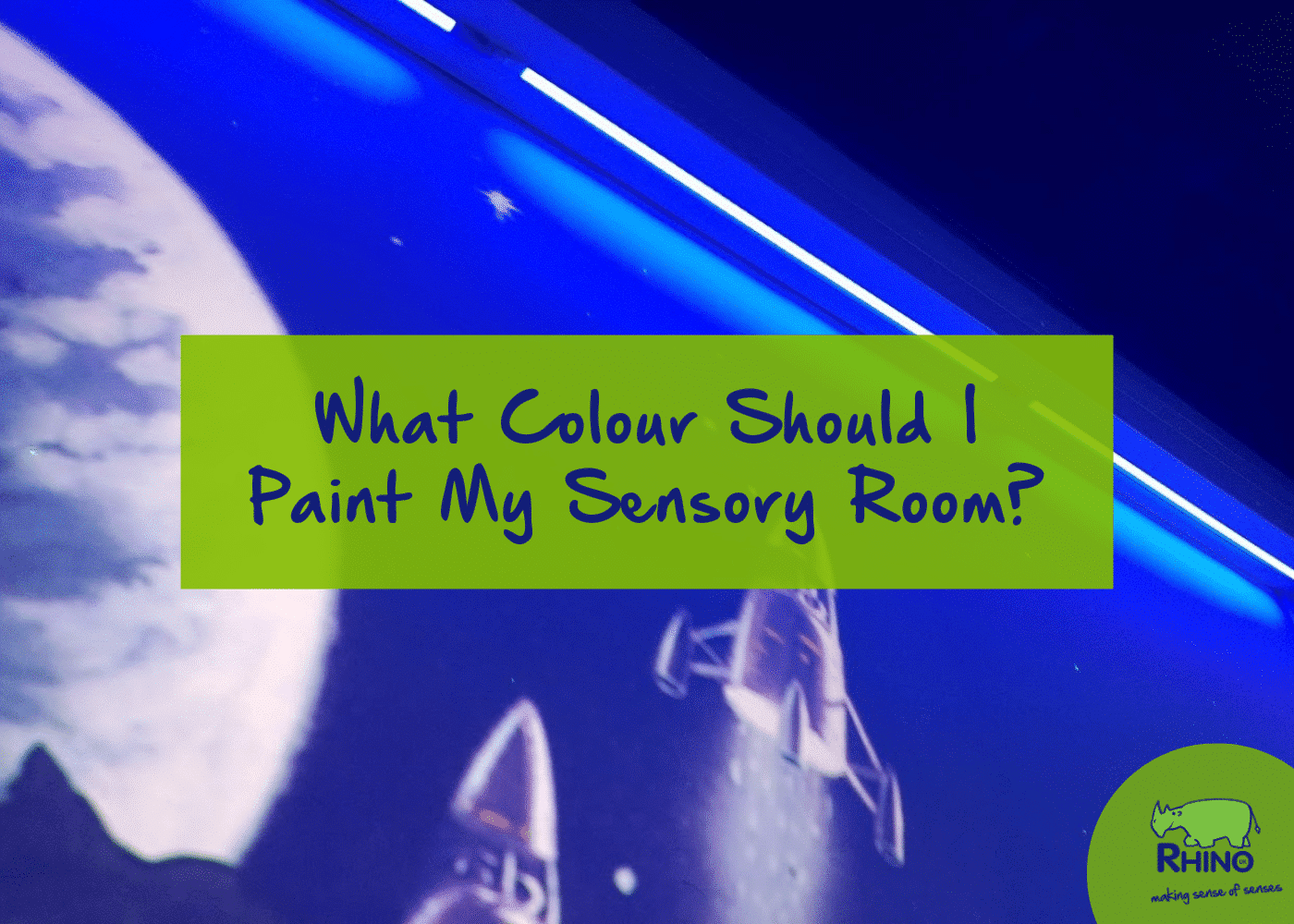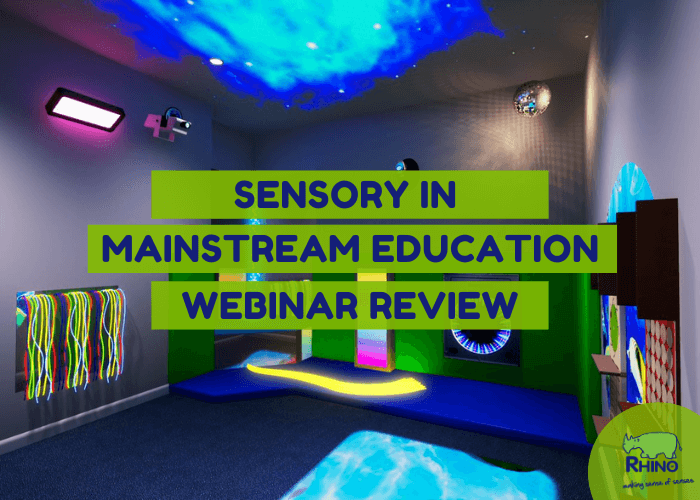Why is Sensory Stimulation Important for Adults?
It’s important that we find ways to help adults with learning disabilities and dementia live a full and enriched life. Communicating and spending time with family is typically a great way of finding enrichment, but this has been increasingly difficult due to the current social distancing measures.
Sensory stimulation is a great way to bridge the communication gap and give people the same sensory aids they’d get naturally through their day-to-day lives. Sensory Rooms are popular in care environments for this very reason, as they provide special areas for their residents to explore, reminisce and develop their senses.
What is Sensory Stimulation?
Sensory stimulation activates one or more of the five senses; hearing, smell, taste, touch and vision. Senses are stimulated through a range of activities, from something simple like a hand massage using scented lotion, or listening to a playlist of your favourite music, to more complicated activities designed to provide a deeper sensory experience.
These activities help adults with disabilities and dementia reminisce upon positive memories and emotions, encouraging them to communicate and engage with those around them.
Benefits of Sensory Stimulation for Adults
1) Conversation Starters:
Sensory stimulation offers adults with learning disabilities or dementia a way to express themselves without the need for words. Certain objects can help an individual to ask questions, respond to verbal cues, and remain calm in a stressful situation.
2) Objective Memories:
Sensory objects also evoke positive feelings, helping individuals to relax, improve their mood, self-esteem, and well-being.
A great example could come from a simple seashell. If a senior living with dementia grew up in a seaside town, an item as small as a seashell might bring back warm, happy memories of their childhood home. Feeling the shell’s rough texture and weight in their hands are simple actions that can also strengthen cognitive abilities.
3) Expel Fears, Create Trust:
One of the main benefits of sensory therapy is reducing an individual’s fears by enhancing their trust with their carer.
Many people with cognitive impairments, such as autism and dementia, struggle to understand the world around them; they can feel frightened and unnerved in certain situations, making interacting with others difficult.
Sensory rooms offer residents a stream of positive stimuli that increase their awareness of their surroundings. Consequently, residents will feel at ease in, helping them open up to their carer, deepening their relationship and level of trust.
4) Touch:
Studies have shown that on average most people touch around 300 different surfaces every half an hour. In contrast, someone with a profound cognitive impairment, such as Alzheimer’s Disease, will touch only three surfaces. This fact highlights how touch-deprived many care home residents may be, and that’s why we’d recommend sensory activities involving the sense of touch.
5) Calming Aggressive Behaviour:
People with autism and dementia may easily become agitated or aggressive; this is usually because they don’t have a suitable outlet to express their emotions. Multi-sensory spaces offer a safe place for residents to release and explore those emotions, helping to prevent and reduce the number of aggressive outbursts and mood swings.
Other benefits of sensory stimulation include:
- Improving cognitive systems and maintaining daily functions
- Encouraging participation in social groups
- Opportunity for reflection and trips down memory lane
- Increased concentration and alertness
- Easing communication struggles
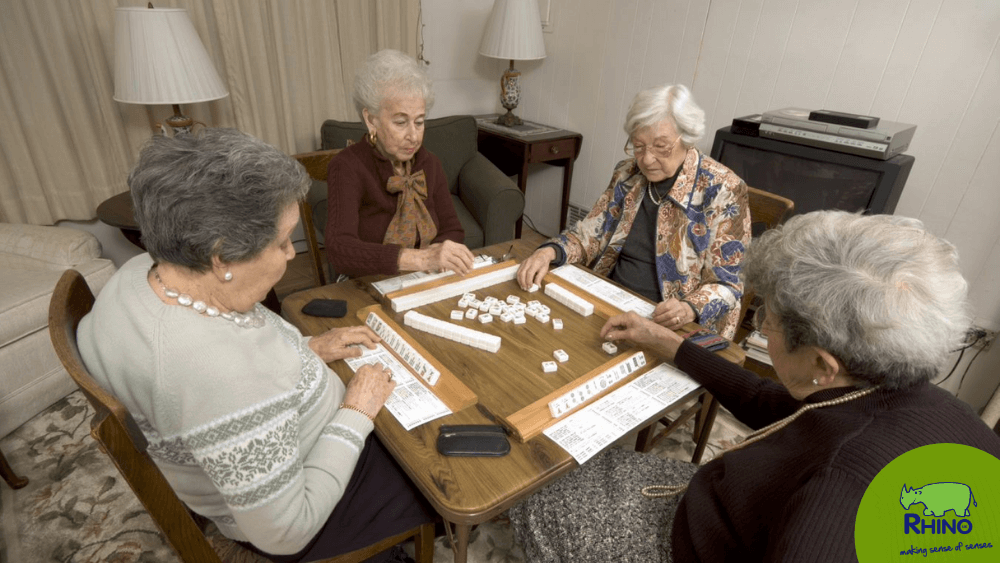
Sensory Stimulation Activities
Sensory stimulation can bring joy to people living with dementia or learning disabilities, reducing anxiety and depression and increasing positive social communication.
Sensory stimulation activities work best when linked to a person’s interests, as it helps maintain a strong connection with their sense of self.
Depending on whether someone is in an early or more advanced stage of memory loss, some activities may be more suitable than others.
Sensory Stimulation Activities for Adults:
- Interacting with reminiscent objects that the resident doesn’t usually have access to
- Giving a gentle hand massage
- Taking a short walk outdoors to provide a change of scenery
- Talking or reading aloud to the resident
- Organizing pets to come for visits
- Cooking their favourite meal
- Playing games such as “Guess the Smell” by filling small, airtight containers with cinnamon, nutmeg, thyme, basil, etc.
- Creating a ‘Sensory Box’. A simple but special box, filled with personalised items precious to the individual; knick-knacks, holiday photos, an old driver’s license, perfume, awards, and anything else that they may hold dear
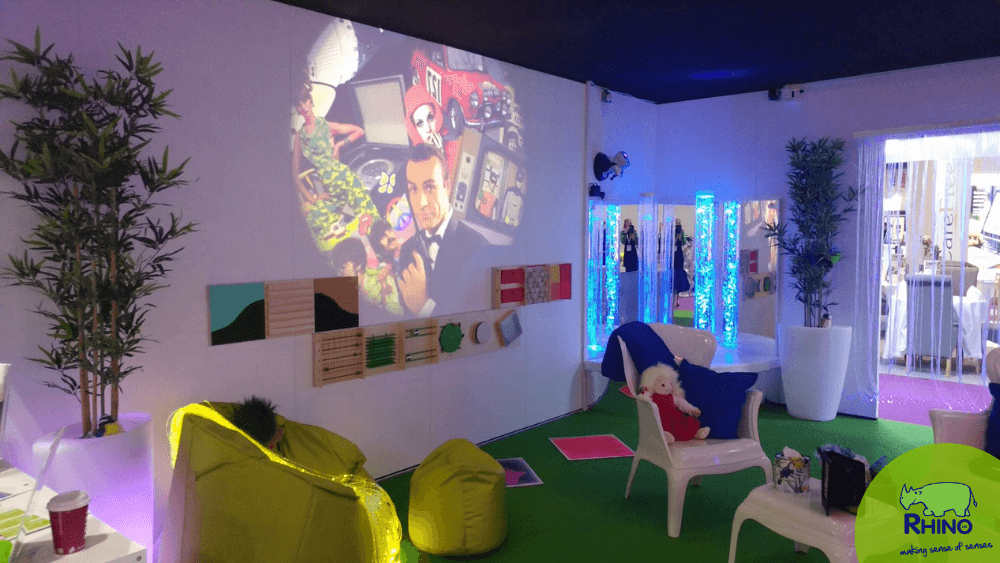
Space for Sensory Stimulation
Sensory stimulation can be provided in many different spaces within a care home. From fixed, well-equipped Multi-Sensory Rooms to flexible, portable sensory trollies – there are plenty of ways for your residents to benefit from this effective form of therapy.
Sensory Room Ideas:
Sensory Bedrooms: Therapeutic designs and sensory lighting help residents relax and calm down for a dreamy night’s sleep.
Sensory Lounges: Combined with Namaste therapy, Sensory Lounges quickly become community hubs for daily therapy sessions, socialising and relaxation. Namaste lounges typically include changing sensory lights, tactile activity boards and reminiscence resources.
Find out more about Namaste Care.
Sensory Bathrooms: Bathtime can be extremely stressful for those with additional needs; sensory elements can help them relax, calm down and relieve their bathroom anxieties.
Find out more about the benefits of sensory bathrooms!
Sensory Corridors: Incorporating sensory tactile panels along corridors is a great opportunity for residents to explore their senses on the move. It’s great for calming anxiety when moving from one safe space to another and motivating movement as residents make special trips to engage with the panels.
Discover how we helped Prestwick Care Homes provide sensory activities in their corridors.
Portable Sensory: A sensory space doesn’t have to be limited to one location. Our portable Sensory Voyager and budget Baby Sensory Voyager are excellent budget and space-saving sensory resources. Sensory Voyagers give residents the opportunity to explore their senses where they feel most comfortable, whether that’s by their bedside or with others in a lounge space. What’s best is that they’re also easy to clean and meet infection control guidelines.
Discover the magic of our Sensory Voyagers.
Contact a member of our team today for a free sensory design appointment; after a brief consultation, they’ll be able to design a bespoke sensory space that’s perfect for your residents, budget and space.
Find out more about sensory in Social Care and how our Namaste Room helped residents with dementia at Bucklow Manor.
